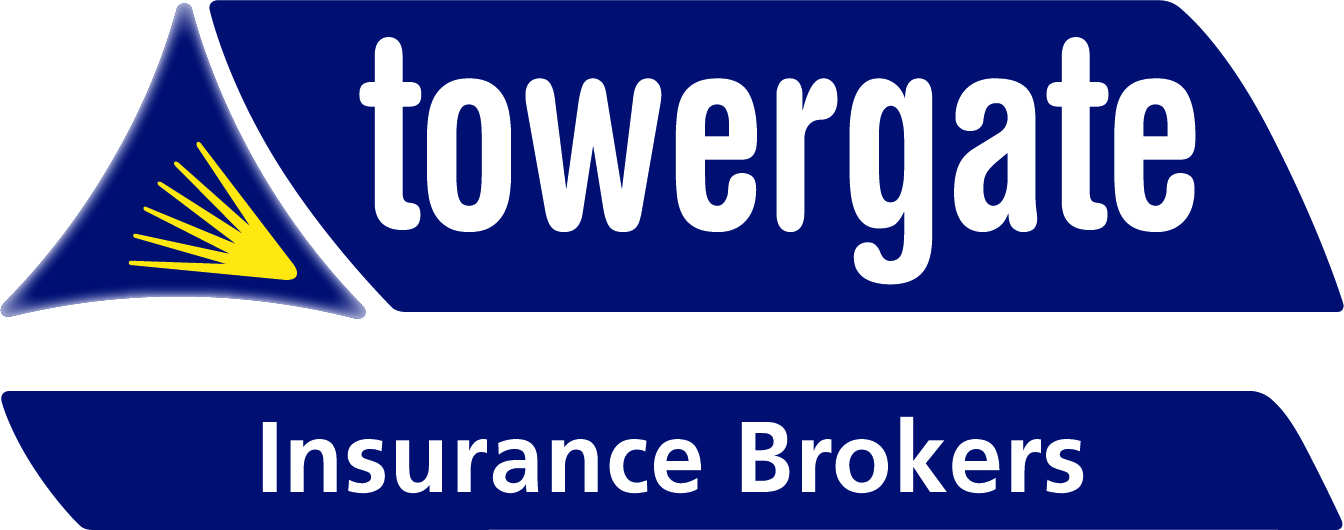

An Introduction To Natasha’s Law
Blogs
An Introduction to Natasha’s Law
For those who suffer from allergies, eating whilst out and about can be a minefield. Current allergen laws are ambiguous at best, and that means many food products aren’t labelled correctly. Whilst guidance has been published by the UK government, it isn’t a legal requirement to follow the advice, and as of June 2021, the only requirement for allergen labelling is that warnings must be posted around the shop with no requirements for allergens to be printed on packaging. Most of the time, these in-store warnings have the potential to go unnoticed by the people who need them most.
With over 2 million people in the UK living with severe food allergies (excluding those who are undiagnosed and those who suffer from intolerances), Natasha’s Law is important legislation that is being introduced with the intention of preventing allergy sufferers from falling unwell due to incorrect or inadequate labelling on food products.
What Is Natasha’s Law?

Also known as the UK Food Information Amendment, Natasha’s Law has been introduced to ensure that pre-packaged food – specifically ‘Prepacked Foods for Direct Sale’ or ‘PPDS’ – contains correct and clear labelling to prevent those with severe allergies accidentally eating something that might cause them to suffer an allergic reaction.
Why Was Natasha’s Law Introduced?
Natasha’s Law was passed through government after strong campaigning from the parents of Natasha Ednan-Laperouse, a 15-year-old girl who sadly died after eating a baguette that contained sesame, something she was severely allergic to.
Natasha had lived with allergies for her entire life but died after eating a baguette that she had purchased from Pret A Manger in an airport. She was reassured by the lack of labelling on the packaging of the baguette and therefore safely assumed that there were no major allergens in the ingredients list, but it was later discovered the food contained sesame.
Her death could have been prevented with correct food labelling, and that’s why her parents, Tanya and Nadim Ednan-Laperouse, have been fighting for significant change to current laws surrounding allergen advice on food packaging.
The UK government introduced Natasha’s Law in 2019 to protect other allergy sufferers from falling victim to poor labelling on the food they purchase.
What Does Natasha’s Law Cover?

The UK Food Information Amendment covers the sale of foods that are ‘Prepacked for Direct Sale’ – food that is packed on the same premises from which it’s sold.
The law does not apply to food that is made to order or served in packaging that is open and able to be altered, such as cardboard trays or Styrofoam boxes.
When Is Natasha’s Law Coming Into Effect?
Natasha’s Law will come into effect in England, Wales, and Northern Ireland from 1st October 2021 with similar rules expected to follow in Scotland, but it is important to start preparing as soon as possible. Ensure you have all necessary equipment and that staff are adequately trained well ahead of time, and consider undertaking a trial run to allow any necessary changes before the law has officially come into force.
What Information Is Mandatory?
As of 1st October 2021, Natasha’s Law means it is a legal requirement for all PPDS food to have clear labelling on the packaging. The label must contain the name of the item and a full list of the ingredients, with allergens emphasised in bold, italics, or a different colour font.
How Many Food Allergens Are There And What Are They?
There are 14 major food allergens that are required to be listed according to the law. These are:
- Celery
- Cereals containing gluten (such as barley and oats)
- Crustaceans (such as prawns, crabs, and lobsters)
- Eggs
- Fish
- Lupin
- Milk
- Molluscs (such as mussels and oysters)
- Mustard
- Peanuts
- Sesame
- Soybeans
- Sulphur dioxide and sulphites (at a concentration of more than ten parts per million)
- Tree nuts (such as almonds, hazelnuts, walnuts, Brazil nuts, cashews, pecans, pistachios and macadamia nuts)
These must also be listed if the allergens are present in any additives, processing aids, or any other substances that help to make the final product.

What Do I Need To Do To Comply With Natasha’s Law?
For full compliance with Natasha’s law, ensure that the packaging of all PPDS food clearly states:
- The name of the food product
- A full list of the ingredients with allergens emphasised in bold, italics, or a different colour
The information must be clear and legible, and not covered by any folds or creases. It must also be accessible for those with visual impairments. The ingredients list must be printed in a font with:
- An x-height with a minimum of 1.2mm
OR
- If the surface area of the label is less than 80cm2, a minimum x-height of 0.9mm
It’s also important to note that allergen information must be available at every point in the supply chain.
Labels should be added to the outer packaging before the food product is displayed.

Software such as PriceTag and its additional templates can help you create and manage ingredient lists for all of your products. With our label printer bundle, specifically designed for compliance with Natasha’s Law regulations, you can design and print your allergen labelling quickly and easily. We also offer UK based support if you run into any trouble.
What Happens In The Event Of Non-Compliance?
Compliance with Natasha’s Law will be monitored during visits from environmental health officers, alongside their current duties. Where necessary, officers will issue enforcement and change orders and escalate if required.Proven breaches of the law could lead to your business facing legal action, and you may suffer from reputational damage as experienced by Pret A Manger.


















